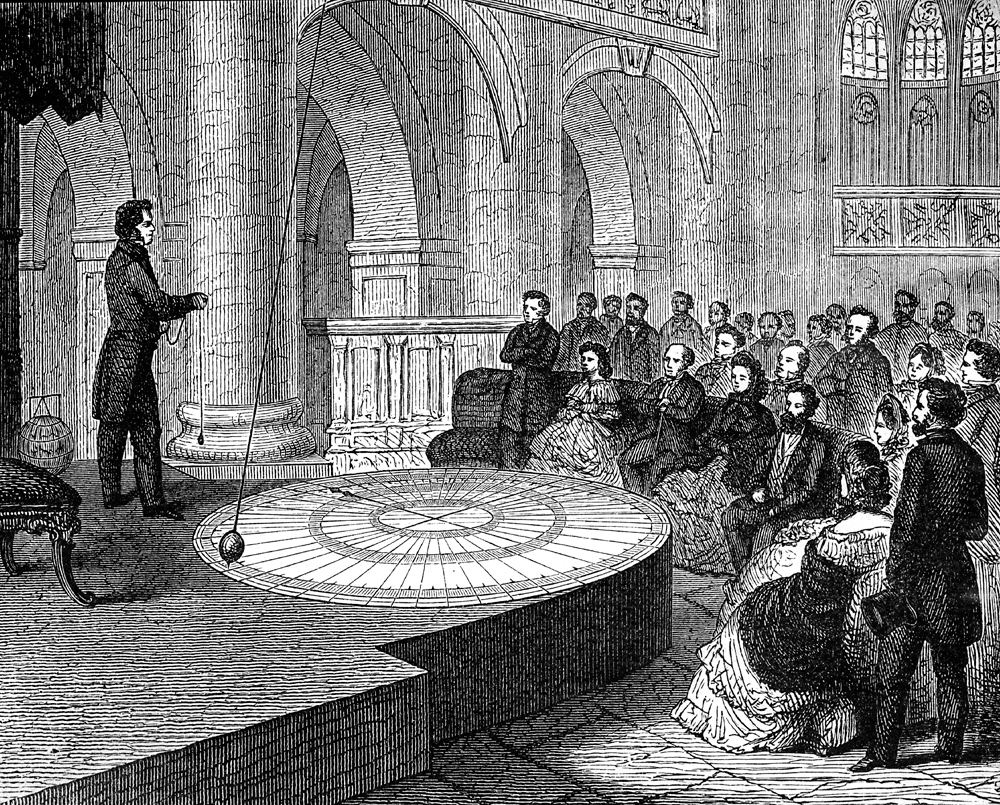Artists' Artists - Sérvulo Esmeraldo
Artists write about a work of art that has influenced them
Artists write about a work of art that has influenced them
Léon Foucault, Pendulum, 1851

In 1851, when Léon Foucault swung his pendulum beneath the Panthéon dome in Paris — a mass of 28 kilos, fixed to a cable 67 metres from the ground — aside from the excitement of the extraordinary experiment, he was sensitive to the beauty of the spectacle.
Only someone fully able to appreciate movement could imagine and create the gyroscope: Foucault attained the invisible. He was certainly an artist, a kinetic artist, whose work has contributed to my way of seeing and thinking. I am also interested in and inspired by other scientists and their experiments. The force of gravity, a natural motor of movement, affects our neurons: we are inexorably submitted to it. The Newton Tube — revealing that, in a vacuum, both a feather and lead fall at the same speed — is also an example of beauty, as is Newton’s disc, which demonstrates white as an absolute colour.
Admirers of beauty, these scientists were artists with a sense of purpose. Do we artists only wonder? No. We observe, translate and demonstrate. The difference is our relationship to subjectivity. We use technique as a means rather than as an end.
My first kinetic works date back to 1960. I created one of the first ones using electromagnets from a doorbell with a metallic wire attached between two pieces of wood that vibrated. After 1962, I made a few objects using magnets. There wasn’t a market for this art form in France, where I lived at the time, except with Iris Clert Gallery. My work as an engraver was also important and offered other opportunities.
An invitation to participate in the first international exhibition of the ‘Book-Object’ in Nice, organized by Claude Givaudan, was a catalyst. While working on a book made up of three ‘poem-objects’, I became absorbed by one of the poems, A Anunciação (The Annunciation, 1962), by the Brazilian poet Vinicius de Moraes. This reminded me of playing with an ebonite comb which, when rubbed, could produce electrostatic discharge that attracted and repelled little pieces of paper, as per the law: + − would attract, + + would repel. I tried it and it worked. I glued the poem to the bottom of a small wooden box containing loose pieces of red silk paper. The box was closed with a clear acrylic lid. This is how my ‘Excitables’ series was born in 1967; objects and kinetic works, moved by the energy generated by the observer.
Translated by Amanda Henriques
Sérvulo Esmeraldo lives in Fortaleza, Brazil. His career spans more than 70 years. In 2015, he had solo shows at the Paulo Darzé Galeria de Arte, Salvador, Brazil, and Armazém da Cultura, Fortaleza.
























